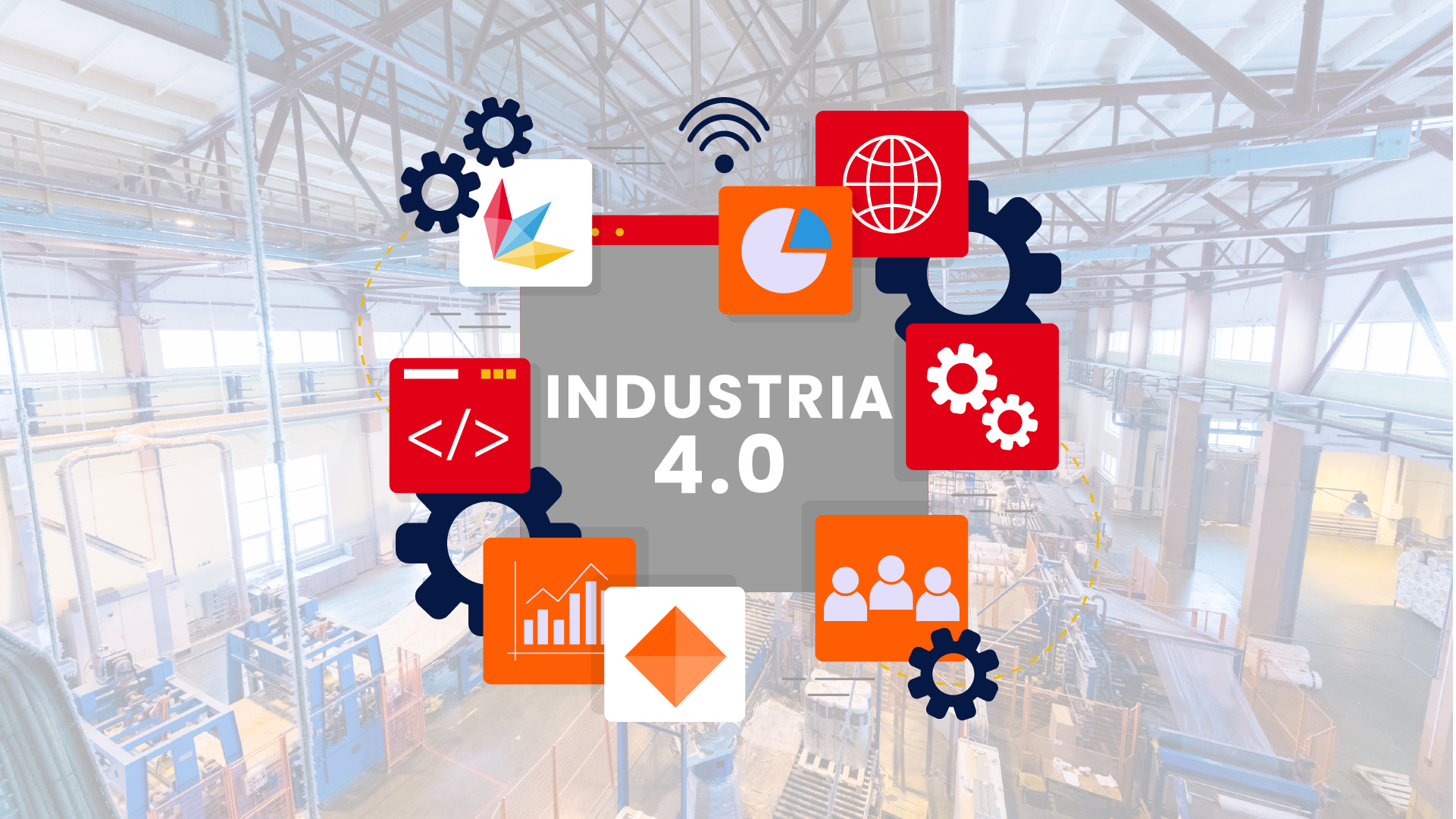Virtual Reality (VR) is a technology that generates a three-dimensional simulated environment with which the user can interact as if it were real. This immersive experience is typically achieved through the use of hardware devices such as VR headsets, sensory gloves, and other peripherals that track user movements and provide sensory feedback.
Devices for experiencing VR
As mentioned, virtual reality allows immersion in a world different from ours or a replicated one for training purposes. To achieve this effect, it’s not limited to just the classic headset. Several accessories exist:
- Motion Controllers: These are handheld devices that track hand movements and allow users to manipulate virtual objects and interact with the environment.
- Haptic Gloves: These provide tactile feedback, further enhancing the illusion of manipulating real objects.
- Motion Sensors: These are placed around the area, tracking the user’s movements for more precise interaction with the virtual environment.
A vivid world
These accessories, combined with the classic headset, enable complete immersion in various situations. For example, pilot training can be conducted in a completely new way compared to the past. But the applications don’t stop there; the manipulation of objects, with accompanying tactile feedback, allows for training personnel in entirely new ways.
Fields of application
Here, horizons expand, allowing the technology’s scope to reach otherwise inaccessible areas.
- Training and Education: VR is used to safely simulate complex or dangerous situations, such as pilot training or surgical education.
- Medicine: Used for rehabilitation and the treatment of disorders like PTSD.
- Architecture and Design: Allows architects to explore and modify projects in a virtual environment.
- Marketing and Sales: Used to create engaging and interactive product experiences.
Companies using VR:
- Boeing Boeing uses VR for the design and assembly of its aircraft. VR technology allows engineers to visualize and interact with designs in a virtual environment, improving accuracy and reducing errors. VR is also used for technician training, enabling them to simulate and practice assembly procedures in a safe environment.
- Ford Ford uses VR for vehicle design and prototyping. Engineers can examine car models in a virtual environment, test different configurations, and identify design issues before creating physical prototypes. This approach reduces development time and costs associated with creating physical prototypes.
- Siemens Siemens employs VR for simulation and training in the energy and automation sectors. For example, technicians can use VR to simulate the installation and maintenance of wind turbines, allowing them to gain practical experience in a virtual environment before working on real equipment.
Disadvantages
Certainly, a VR training program is not an investment that all companies can afford, but the benefits could be numerous. Therefore, it is an option to keep in mind, especially to reduce training costs due to on-field errors that could damage the company.



